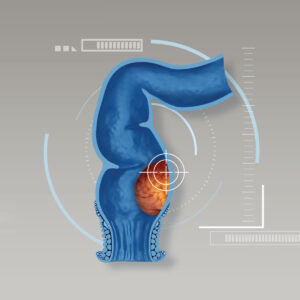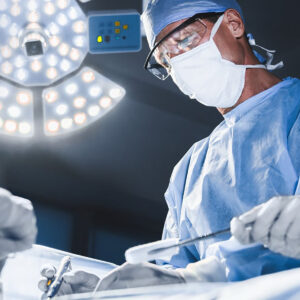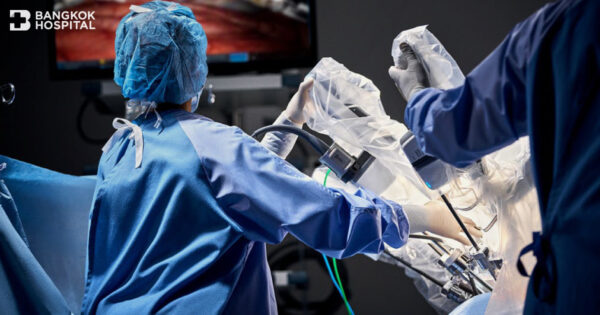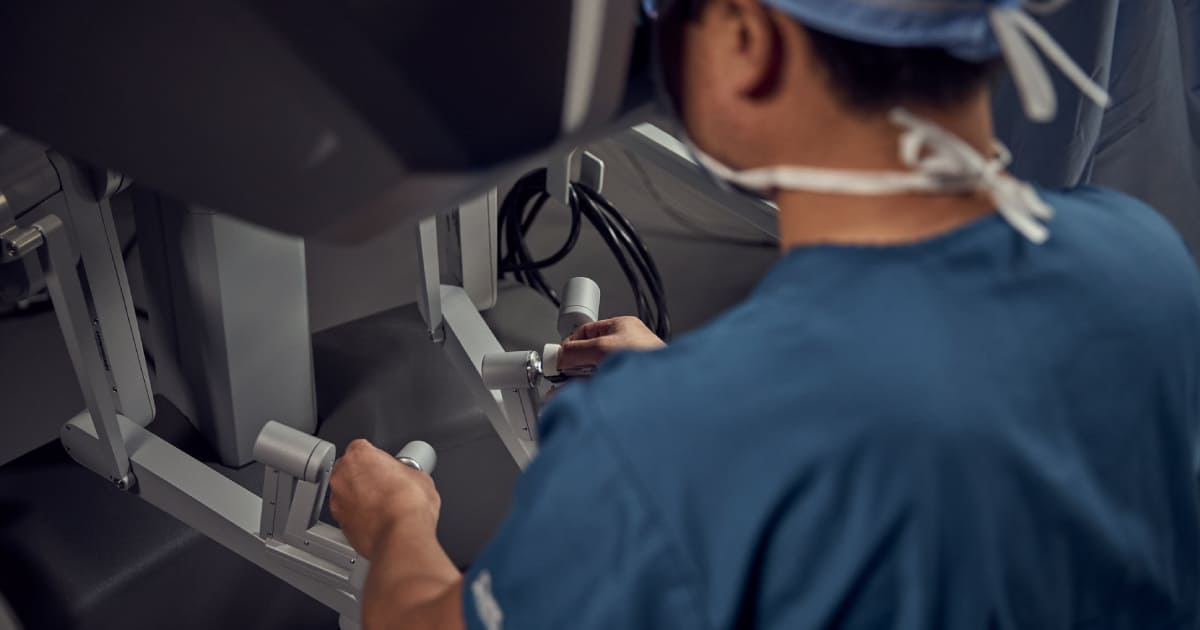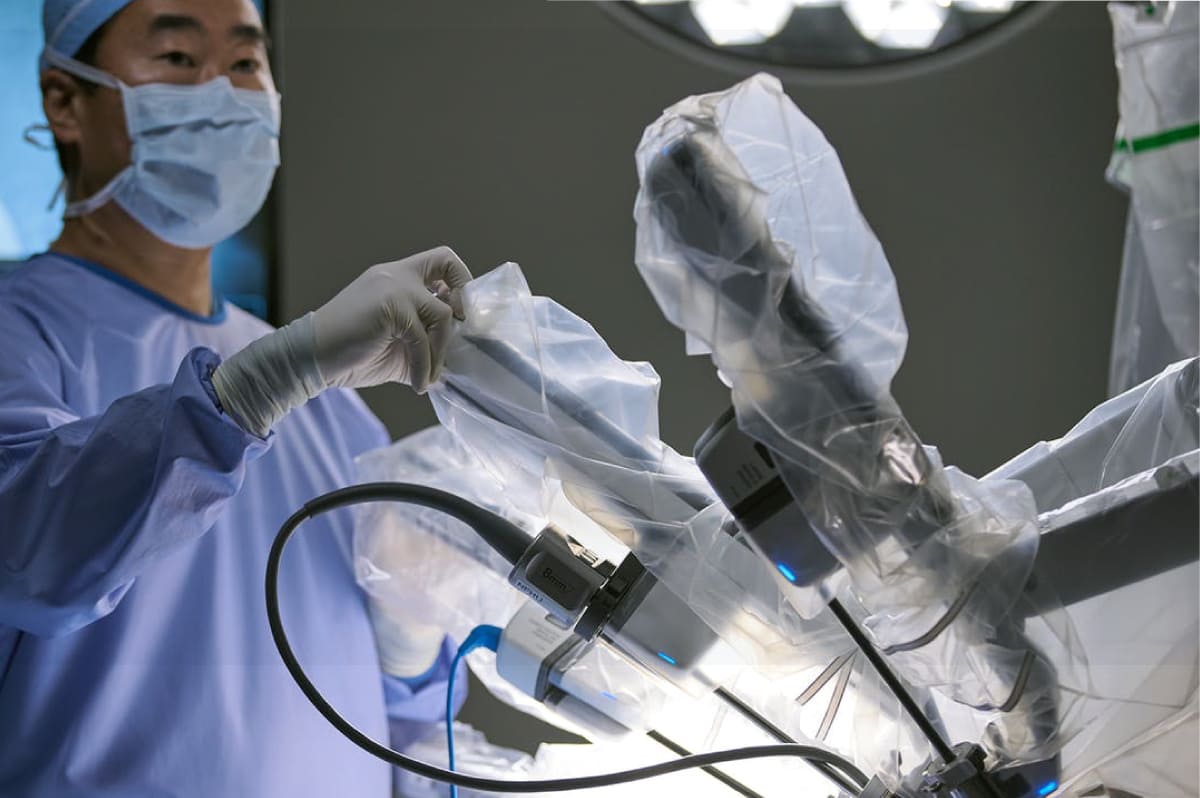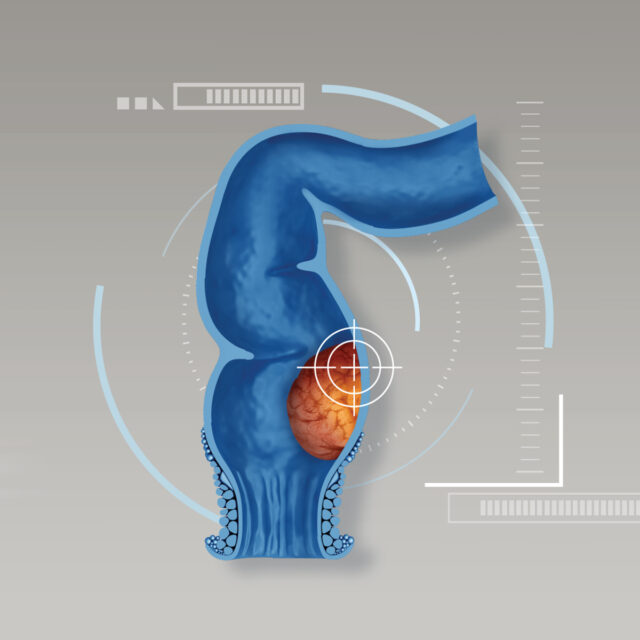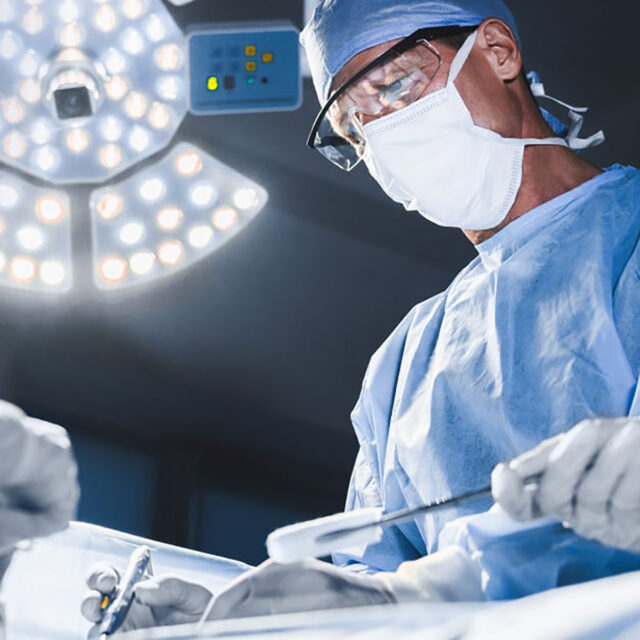Medical advancements have continued to expeditiously accelerate the pace of changes, allowing better treatment outcomes with an improved quality of life for the patients. Cutting-edge robotic system, the da Vinci Xi takes charge of advances used in minimally invasive surgeries. In fact, it is designed to accommodate and seamlessly integrate a range of current technologies in surgical areas, including intraoperative imaging, advanced instruments and anatomical access, enabling the surgeons to perform minimally invasive procedures in hard-to-reach sites through small incisions. By delivering 3D high-definition images, a crystal clear view of the surgical area is intensely magnified, resulting in an enhanced surgical precision and minimized possible complications along with less pain and faster recovery time.
What is the da Vinci Xi?
The da Vinci Xi is an advanced robotic surgical system using specialized technology that enhances the capabilities of surgeon’s hands. As an expandable, computer-assisted surgical system, four surgical arms consisting of tiny instruments with wrists at the tip allow surgeons to accurately perform procedures in difficult-to-access or complex areas with precise movements, better dexterity and enhanced magnification. A special high-definition camera attached provides magnified 3D views of the operating area, leading to high degree of surgical accuracy and patient’s safety. For every movement, the surgeon makes at the console standing next to the surgical arms whilst the da Vinci robot replicates every move inside patient’s body on a smaller scale. The surgeon has complete control during the entire procedure according to surgery type.
Considered a world-class supercomputing system, robotic-assisted surgery is intended to provide real-time endoscopic visible and near-infrared fluorescence imaging, enabling precise and accurate surgery. Moreover, built-in tremor-filtration technology similar to that installed in a camera substantially helps the surgeon to move each instrument with smooth precision, bringing about reduced operative complications due to less injuries to surrounding tissues, vessels and nerves. Robotic-assisted surgery has been currently applied to several types of surgical procedures. It is frequently used in general surgery, urologic surgery, thoracic surgery, gynecological surgery and colorectal surgery as well as head and neck surgery. Since minimally invasive surgeries have turned into common procedures, robotic-assisted surgery has become widely accepted across the world, granted by the US FDA approval.
Due to the fact that robotic surgical technology is not able to move and perform surgery on its own, surgeons are in control at all times. During surgery, the surgeon makes one or more small incisions. Ports or thin tubes are placed through these tiny incisions. The robot will be attached to these ports and instruments are then placed through them. A long thin camera or endoscope providing high-definition images in 3D during the surgery is then inserted through one of the ports which allows the surgeon to perform the operation. To operate, the surgeon controls the robotic arms using his/her hands and fingers while sitting at a console a few feet away from the patient. Safety mechanisms are in place ensuring the robot does not move without having the surgeon controlling it. An assistant surgeon stays next to the patient in order to help the surgeon by changing the instruments when needed.
What does the da Vinci Xi system consist of?
The da Vinci Xi system uses specialized technology to assist surgeons in carrying out complex procedures. The da Vinci Xi system is comprised of three main components: a surgeon console, a patient-side cart and a visual cart.
- Surgeon console: At the console as the workstation, the surgeon controls 3D endoscope and the EndoWrist instruments with fully wristed dexterity using master controls and pedals. The alignment of the surgeon’s eyes, fingers, hands and instruments is perfectly replicated in the viewer display while the da Vinci robot imitates the movements inside the patient’s body on a smaller scale. Detailed visualization at the console ensures that the maneuvers made by the surgeon are safe and precise.
- Patient-side cart: The cart consists of four arms, making up the surgical component of the robotic system. The first robotic arm holds the endoscope and displays the 3D images on the viewer display. Whereas another three robotic arms attached with surgical instruments are latched deriving from a remote center, allowing the robotic arms to move freely, thereby reducing the force exerted on the patient’s body to a minimum while providing a better access to hard-to-reach locations.
- Visual cart: The visual cart is the image-processing unit composed of advanced vision and energy technologies to provide communications across da Vinci system components.
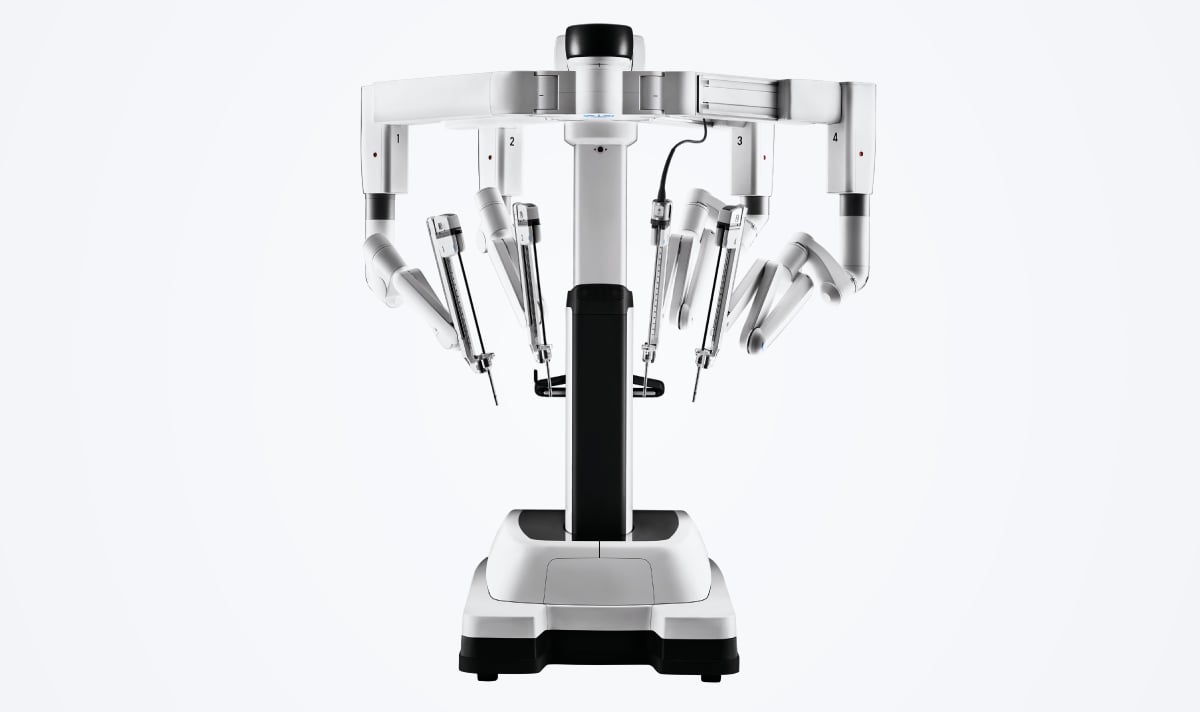
How does the da Vinci Xi aid in a minimally invasive surgery?
Unlike conventional surgery, minimally invasive surgery only requires small incisions with superior advantages of less pain, reduced postoperative complications and faster recovery, compared to one large incision with more pain and typically delayed recovery. The da Vinci system is an advanced technology designed to enable surgeons to perform robotic-assisted, minimally invasive surgery, particularly in anatomically challenging areas. With the better dexterity, surgeons are able to efficiently perform complex surgery with a high degree of safety while minimizing operative complications and promoting a fast recovery.
Who are good candidates for the da Vinci Xi?
Robotic-assisted surgery using the da Vinci Xi can be applied to a wide variety of surgery, especially complicated cases or difficult-to-reach areas. These often include:
- Abdominal diseases and Hepato-pancreato-biliary diseases, e.g. hernias, gallstones, liver cancer, pancreatic cancer and gallbladder cancer.
- Digestive diseases, e.g. esophageal cancer and colorectal cancer.
- Thoracic diseases, e.g. lung cancer, chest wall cancer and thymus gland disease.
- Urological diseases, e.g. prostate cancer, bladder cancer and kidney cancer.
- Gynecological diseases, e.g. uterine fibroid or uterine cancer, ovarian mass and pelvic organ prolapse.
- Ear-nose-throat diseases, e.g. Benign tumors in the throat, Neck masses, Tonsil cancer, Base of the tongue cancer, Laryngeal cancer and Nasopharyngeal cancer.
What are advantages of the da Vinci Xi?
The fourth generation of the da Vinci system, the da Vinci Xi yields benefits, including:
- Better access: Robotic arms are capable of free movements of nearly 360° on seven axes, thereby improving access to anatomically challenging or hard-to-reach areas
- More precise surgery: Surgery can be carried out efficiently since the robotic arm’s movements are highly precise with greater range of motion. The arms rotate instruments interchangeably in tight spaces in ways that are not otherwise possible.
- Improved visualization: A sophisticated camera provides magnified, high-definition views of the surgical area with a better visualization of vessels, nerves and muscles nearby, resulting in less complications caused by damages to the surrounding areas.
- Built-in tremor-filtration: Built-in tremor-filtration eliminates the surgeon’s hand tremors to prevent involuntary movements, allowing more surgical accuracy.
- Multi-quadrant surgery: It allows a single operation on several connected organs located in different abdominal quadrants without moving the position of the patient.
- Faster recovery: Due to small incisions, patients often experience less pain, shorter hospital with a quick return to daily life.
Patient instruction prior to robotic-assisted surgery using the da Vinci
Before surgery, the surgeon needs to thoroughly evaluate patient’s physical health and conduct medical clearance. All information regarding to surgery will be instructed, including general anesthesia, pre and postoperative care as well as prescribed antibiotics to prevent infections after surgery.
What are possible risks of robotic-assisted surgery using the da Vinci?
Despite robotic-assisted surgery can lower the risks of certain complications, it is still possible for complications to happen, hinging upon patient’s individual condition and disease severity.
Postoperative care after having robotic-assisted surgery using the da Vinci
After surgery the patient is required to strictly follow recommendations suggested by the surgeon. It normally takes 1-2 days until the patients can fully resume their daily lives. Additional instructions might be given to each individual in accordance with specific type of conducted procedure.
Robotic-assisted surgery using the da Vinci Xi system is currently the most advanced platform designed for a wide range of minimally invasive surgeries. Its innovative technology makes this robotic system versatile and suitable for different fields of surgery. Robotic arms with 3D camera and magnification allow enhanced visualization with better access to hard-to-reach locations, resulting in an improved surgical precision with less postoperative complication and faster recovery. In spite of its advantages, robotic-assisted surgery might not be a treatment of choice for some patients. Consideration whether it is preferred treatment option should be supervised and made by the surgeons. At Bangkok Hospital, our surgeons are highly specialized and well-trained in robotic-assisted surgery, adhering to international standards. Our ultimate goal is to achieve the best possible surgical outcomes and patient’s safety, ensuring that all patients are in good hands.

